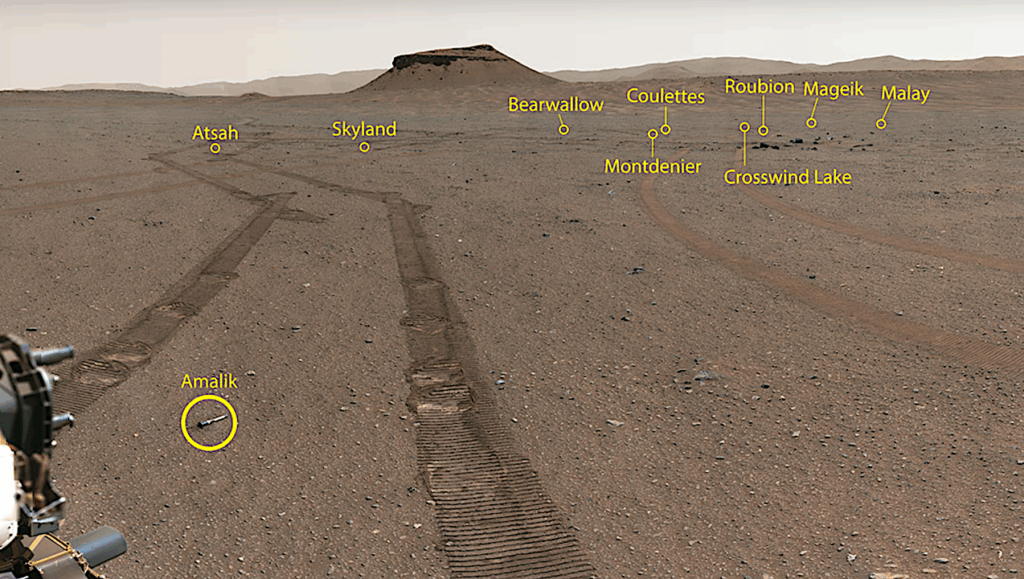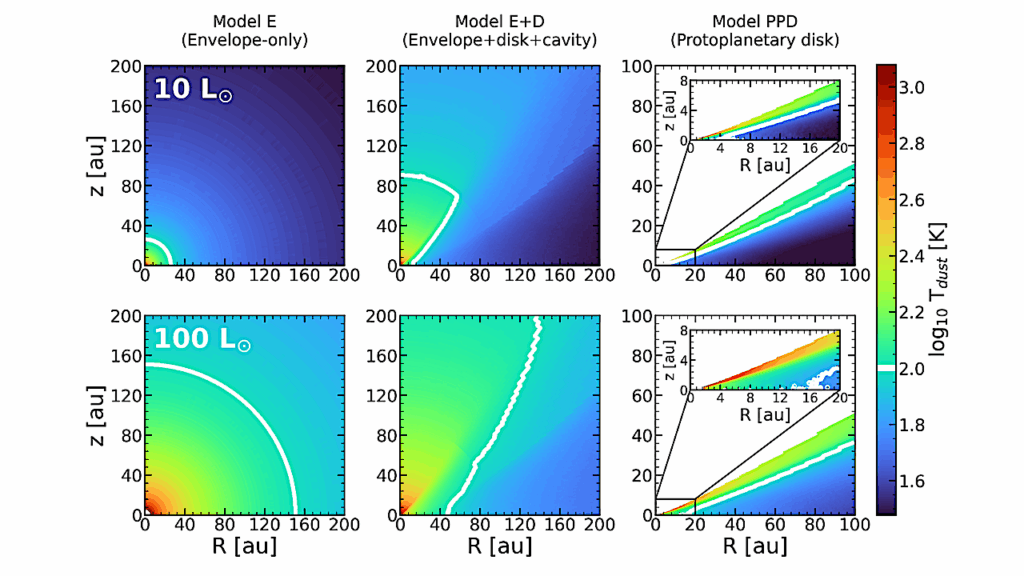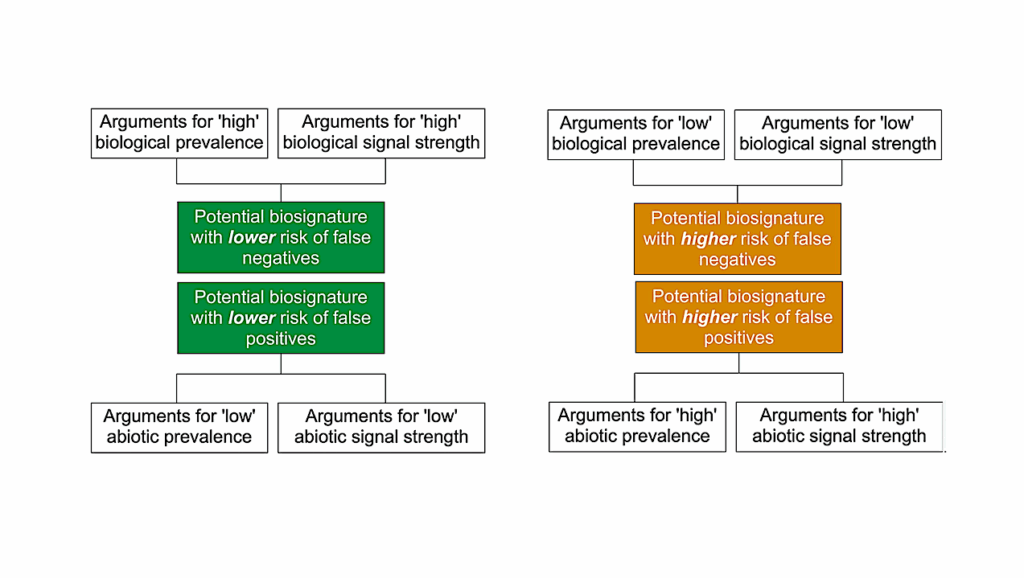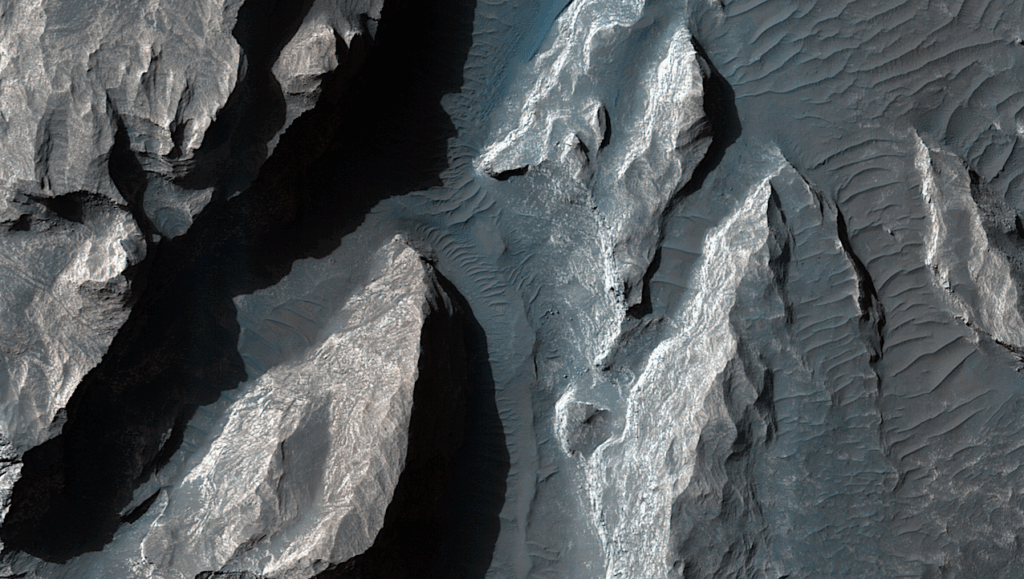Microstructure Controls Sublimation Timescales of Exposed Salt-Rich Ices on Icy Worlds

Salt-rich water ice at the surfaces of icy worlds, for example, Europa, Enceladus, and Ceres, is of particular interest for Solar System exploration as it can represent a record of the chemistry and potential habitability of subsurface liquid water.
Endogenic salts can originate by gradual freezing of fluids within outer ice layers, or through rapid emplacement of subsurface brines onto the surface. However, post-depositional surface ice evolution is not understood, and thus the long-term stability and detectability of salt-rich ice are rarely considered.
We investigated the sublimation dynamics of salt-rich ices under vacuum at sub-zero temperatures. Experimental ices were produced by freezing brines containing sodium salts previously detected at icy worlds at contrasting cooling rates. We found that the greatest differences in sublimation rates were between ices of identical composition formed at contrasting cooling rates.
Carbonate and sulfate ices frozen rapidly, such as may occur during cryovolcanism, sublimated significantly slower than those formed through gradual freezing. Based on electron microscope imagery, we propose that differences in the salt-ice microstructure, driven by the freezing rate, influence the rate of sublimation by controlling the connectivity and surface area of ice exposed to vacuum.
Our results demonstrate how the composition and formation history of salt-rich ices affect their post-depositional surface longevity and reveal how microscale properties can influence macroscale behavior. These findings imply that rapidly frozen ices should persist for longer than gradually frozen ices, an important factor for future missions aiming to detect and characterize deposits of endogenic salts in icy worlds.
Microstructure Controls Sublimation Timescales of Exposed Salt-Rich Ices on Icy Worlds, JGR Planets
Astrobiology,








